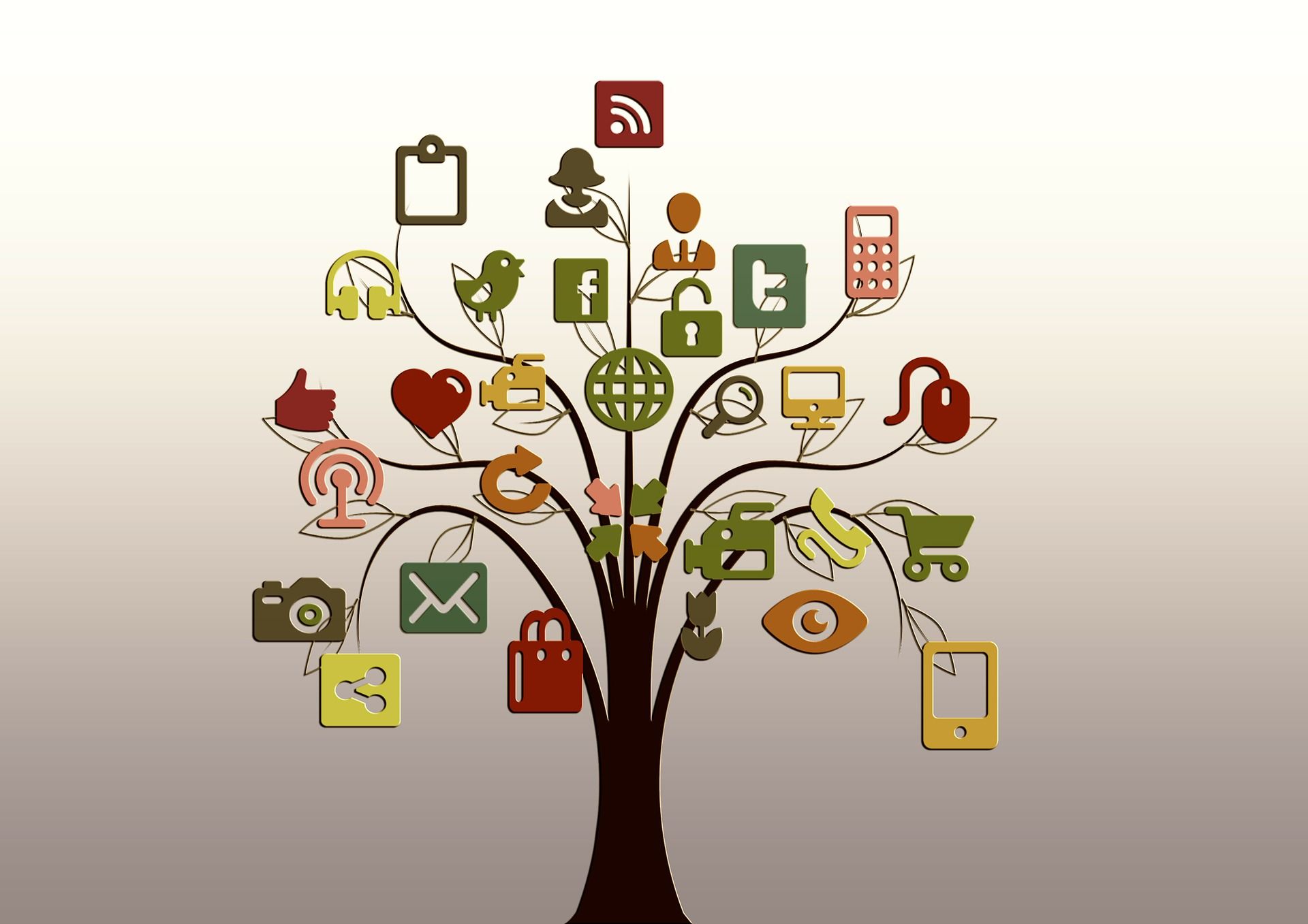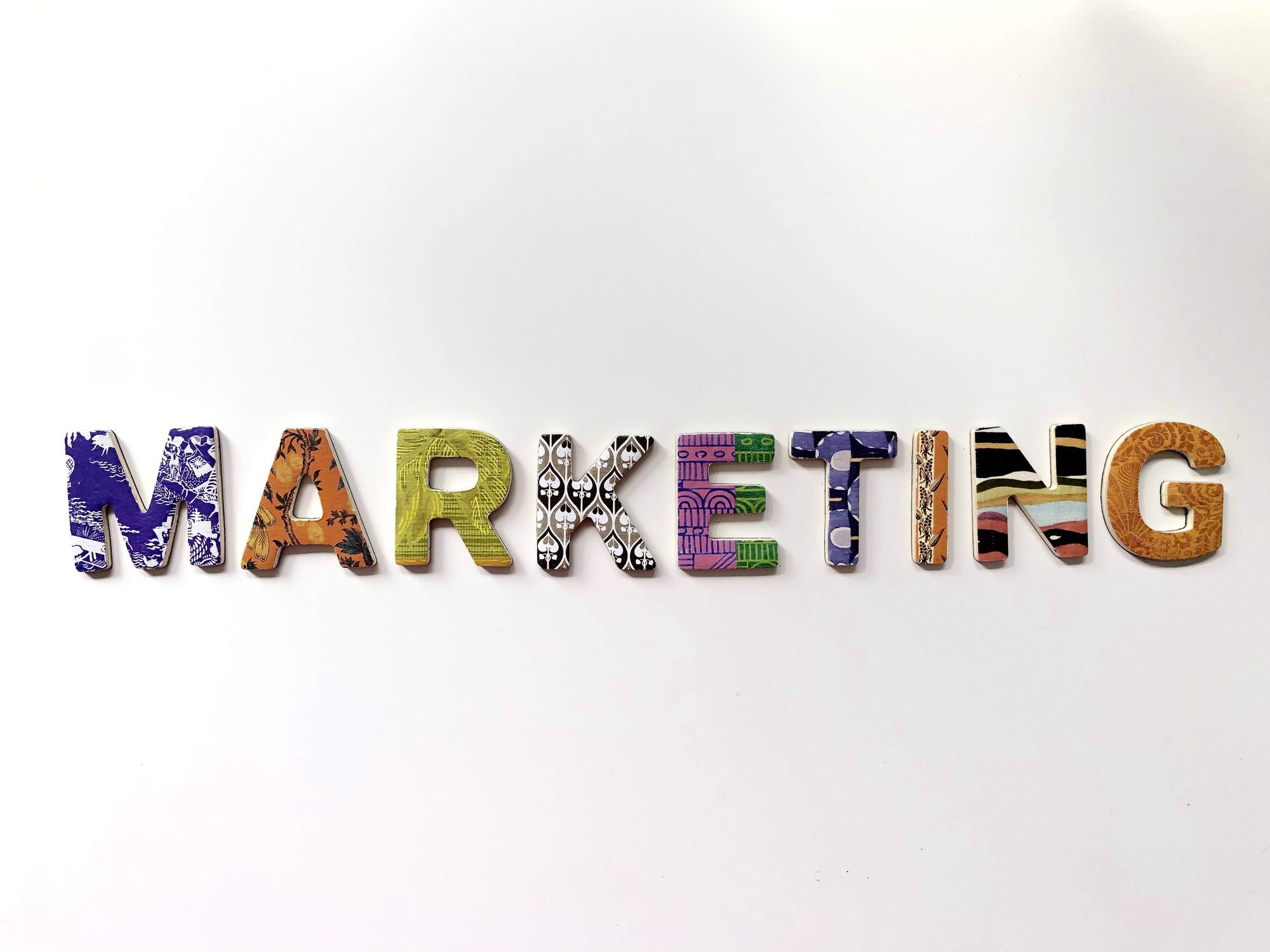Typically, a company’s marketing arsenal consists of a bunch of tactics and actions to meet their marketing goals and thus, their business goals. Lifecycle Marketing connects your marketing approach with a customer's complete life cycle to enhance customer lifetime value (LTV).

To master lifecycle marketing, one must know their target audience in and out. And if your company deploys a suitable lifecycle marketing strategy properly, it has the potential to affect every aspect of a businesses’ operations - sales, marketing, client success, client loyalty!
This blog is a simple guide that will walk you through the 5 phases of lifecycle marketing and offer valuable tips and best practices to maximize revenue at each stage of the journey!
What is Life Cycle Marketing?
What do you think is the goal of marketing? If you answered along the lines of “to attract customers and sell a product or service”, you’re not entirely wrong! But marketing continues even after the purchase transaction is complete. Here’s where lifecycle marketing comes in.
It is far more economical to engage with existing customers to re-avail your services or purchase your line of products again than to only focus on bringing in new customers. Lifecycle marketing recognizes this principle.
Lifecycle Marketing involves not only growing your customer base but also nurturing a healthy relationship with them!
For instance, a kind of powerful, indirect word-of-mouth advertising can be triggered through the process of lifecycle marketing. This would result in potential customers being more likely to shift to your brand if someone they know shares the positive experiences you offer that made them trust your brand over any other - such is the power of lifecycle Marketing!
With lifecycle marketing, not only are they reliable customers, but they have the potential to act as ambassadors for your brand.
How does Lifecycle Marketing Work?
The process of lifecycle marketing starts with a prospective customer becoming aware of your brand. The customer then may choose to purchase from you and would ideally commit to being a loyal customer to your company provided you play your cards right.
Lifecycle marketing uses the outline of this process to map out the journey a customer goes through in your brand experience. It also helps identify areas of improvement to maximize the efficiency and effectiveness of your lifecycle marketing strategies.
The strategies involved in lifecycle marketing varies depending on the brand and their target customers. The goal of these strategies is to constantly engage with your customers in a personalized way that makes them feel valued and special.
Thus, Lifecycle marketing helps establish a mutually-beneficial relationship where the company gets a loyal customer and the customer, in turn, is provided with the best experience.
Phases of Lifecycle Marketing
Life Cycles vary in duration, depending on what you are offering to your customers and the needs of your target customers.
For instance, a company like Starbucks has life cycles that tend to be shorter. A short lifecycle marketing plan means the marketer needs to engage with customers almost immediately after purchase to attract them. Conversely, a company like Mercedes has longer life cycles for customer retention and would opt for a different lifecycle marketing style.
The goal of lifecycle marketing, regardless of its length, is to build customer confidence in your brand and get them to return to purchase more!
There are five distinct phases in the lifecycle marketing approach. Identifying them and understanding their distinctions can help you understand the needs of your customers and how to best cater to them.
You can also determine the type of customer at each stage, such as a first-time buyer, returning customer, or lapsed customer.
1. Reach/Awareness
The customer starts the cycle by recognizing a need that they want to satisfy. This is when the first stage of contact for the customer and user occurs! For your company, they are now a potential customer that you need to “reach” out to.
Customers will be actively researching various brands, including yours, and comparing them to understand the benefits each one provides. The use of social media marketing, SEO marketing, and other tools can help increase the probability of the prospect finding your company.
It is considered a successful stage in the lifecycle when the prospect considers your brand a potential means to satisfy the need that triggered the search. This is usually achieved when the prospect reaches out to you to gather more information about your offers, or when they want to enquire about your pricing.
2. Acquisition
The acquisition stage is the second stage of Lifecycle marketing. It is considered a starting point when the prospect contacts your company or visits your website. Regardless of how the prospect reaches you, this stage is mostly about designing the prospect’s experience with your company.
Chatbot marketing, customer service representatives, and your website act as customer touchpoints. This is useful in starting the process of building a connection with the prospect and retaining them through the phases of lifecycle marketing.
The prospect may try to reach out to your company through either of the following methods:
- In case the prospect decides to call your company directly, the customer service representative will respond to any queries and concerns the prospect may have. Based on the conversation, they can then offer the best products or services to the prospect and guide them on how they are intended to be used as well as their maintenance
- If the prospect is coming through your website, they should be able to find helpful and educational content that can guide their purchasing decision. This can include your current range of offers, pricing, and blog posts
However, many companies like to hold back on some of the content. This is done so that the company can ask for the prospect’s information to let them access such content.
3. Conversion
In the Conversion phase, you have managed to woo the prospect and convince them that your product/service is the best solution for their particular need, thanks to your service experience and dissemination of information - the prospect has now been converted into a customer!
At this stage, the customer must feel like they have been offered the best value possible. Their value as a customer doesn’t cease after the purchase is complete. This is merely the beginning of their relationship with your company!
4. Retention
The next crucial stage of lifecycle marketing deals with customer experience feedback. It begins with gathering information on how the customer feels after the sale. You can use customer service surveys, ask them for a customer satisfaction score, or contact them directly to find out their experience with the new product or service.
This feedback is necessary to identify areas that can be improved on with your products or with your customer service, making your customers feel heard while also gradually building customer loyalty.
Constantly improving and growing your company ensures it remains profitable and makes it easier to draw in new prospects.
The stage can also be used to provide exclusive offers to returning customers such as 24/7 support, pre-launch and pre-booking options, and special product discounts. They can also use referral codes that encourage them to be a brand ambassador for your products!
5. Loyalty
At this stage of lifecycle marketing, the customer may make additional purchases from your company, proving their growing loyalty towards the brand.
They might share their positive reviews online through review sites or social media. This will boost your business and get new, curious prospects who are now aware of your brand, and thus, the cycle begins!
This is a result of making your customer feel valued and nurturing your relationship with them from the early stages. The quality experience you offer through your products and customer service should make them feel the value they receive is more than what they had paid for.
The process of lifecycle marketing can be fluid. Not all prospects will make it to the conversion stage, let alone loyalty. The time taken to complete each stage may also vary, depending on the customer.
Strategies and Best Practices for Lifecycle Marketing
1. Attract
Lifecycle Marketing lets you know your customer base, boosting the value of each customer and thus, increases profitability. This is ideally done for the first phase of lifecycle marketing, i.e., Reach/Awareness.
- Create your target customer’s profile, understand their pain points and the niche that your product holds for the customer’s needs
- Data-driven customer segmentation
- Identify different lifecycle marketing Channels
- Invest in effective on-page SEO so your content will rank highly on search engines
- Paid advertisements
- Use site analytics to identify common search terms and keywords and optimize them
2. Capture
This corresponds to the second phase of Lifecycle Marketing, i.e., Acquire.
- Invest in a good Client Relationship Management System to organize all data that is collected
- Provide valuable and consistent content
- Content can be in the form of infographics, long-form, and short-form content
- Running the right promotions and sending contextually appropriate offers for the right people
- Email Marketing
Pro-tip: Automated Intelligent Chatbots and Digital Shopping Assistants are emerging as a must-have for eCommerce marketing at the acquisition stage of lifecycle marketing. They work to resolve customers’ objections and concerns without the need for human intervention.
3. Convert
The biggest challenge in this stage of lifecycle marketing is getting your prospect through the checkout process.
- Clear shipping, return, and refund policies
- Seamless Cart
- Ensure that you have a robust email automation strategy that will help nudge your customers into making the purchase
- Cross-selling and upselling the product
- Replenishment tactics - nudging customers to make purchases towards the end of the product’s lifecycle
- Subscription models
- Discounts on next purchases with reviews and feedback
4. Engage
Engagement corresponds with Retention and Loyalty but is also generally applicable to every juncture of lifecycle marketing. Recapturing customer attention with account updates and delighting them with new and engaging content is vital in this stage.
- Exit-intent Popups
- Long-term email nurture strategy
- Loyalty programs
- Referral Program
- Educational content relevant to their interests
- Unlimited Returns and Free shipping offers
- Robust social media marketing
Lifecycle Marketing Channels
1. Email
Implement a robust and exciting email marketing strategy to educate customers about your products and services and nudge them towards a purchase. Make use of profiling analytics and structure content that will resonate and move people to your website again.
For eCommerce email marketing, this may be in the form of welcome emails which speak your brand’s narrative, connect with the person reading, and give them the information needed to purchase by making a never-seen before, not-to-miss offer!
To recapture existing customers, send in back-in-stock emails, a high-in-demand email, and related product email! Having such a proactive customer servicing email plan in place will help you, handhold customers, through all junctures of lifecycle marketing.
2. Social Media
Social Media marketing can be driven by organic reach as well as by way of paid advertising to appear in people’s social media feeds. Buying Facebook advertising or paying to boost your post will broaden your social media reach and build brand awareness.
Running contests and giveaways with fun, exciting rewards will help pull in momentum for your brand. It is also crucial to have a watch on social media analytics to ensure that you are reaping a positive ROI on your investments.
3. Website
Based on what you've learned about your customers' wants, the material you provide on your website should assist to answer their queries straightforwardly. Optimize related keywords on your page, backlink, and optimize images as well.
The more you assist them with the information on your site, the more likely they are to trust your brand and return when the time comes to buy. Great content may also be used to produce subscribers and leads, allowing you to prolong the engagement through email marketing.
Lifecycle Marketing Metrics
So you have made all the right moves and built a good customer base, what next? Ensure that you are reaping the benefits of your digital marketing investments and your lifecycle marketing is successful.
This can be done by marketing KPIs. They are specific marketing metrics that help organizations keep track of their efforts towards a goal with each marketing strategy and channel.
Keep a watch on the above metrics:
- Attribution of marketing income
- ROI on digital marketing
- Traffic-to-lead conversion rate
- Lead-to-customer conversion rate
- Conversion rates on landing pages
- Customer life expectancy (LTV)
- Top 5 entrance pages and organic traffic
- Traffic from social media
- Mobile traffic, lead generation, and conversion rates
Tracking these figures regularly will provide you with the information you need to execute your job effectively and allow you to shift to other tactics when your lifecycle marketing strategy is not delivering well.
With these metrics, you can collaborate with sales teams to figure out missing pieces in your digital marketing strategy and implement the same to make good on your investments!
Using Deskera to Maximize the Potential of Lifecycle Marketing
Deskera is an all-in-one cloud-based software that helps you in your lifecycle marketing endeavors be it email campaigns or analytics.
With state-of-the-art customer relationship management software, you can focus on establishing a strong brand positioning statement while Deskera’s CRM Platform automates your sales funnel and drives conversions by managing marketing campaigns and customer support.
Deskera’s CRM is committed to helping business owners improve consumers' brand experience, raise brand recognition, and multiply omnichannel revenue for your business!
How Deskera Can Assist You?
Whether you are a sales manager or running your own business, there are tons of duties and responsibilities that you have to fulfill. Using the Deskera CRM system, you can manage your contacts, leads and sales deals. You can use the CRM system to manage all customer data and manage your leads, sales negotiations and deals.
Doing so will help you to save the time taken in transferring customer data between the different systems. Having a good CRM system will help you manage your financial and sales reports and be prepared to kick-off your meetings.
Deskera can also assist you with real-time updates about your business like cash flow status, customer satisfaction, inventory management, sales, purchases, purchase orders, customer tickets, customer satisfaction, managing leads, revenues, profit, and loss statements, and balance sheets.
Moreover, it would also help in integrating sales methodology across different platforms onto one system so that you have a consolidated list for email campaigns, leads management, and sales pipeline to mention a few.
It will also help you to sync between your orders, payments, taxes, refunds, product variants, sending out invoices and reminders, facilitating invoice management, and even undertaking follow-ups and advertisement campaigns.
Such a consolidated platform will help you to improve your sales through building effective sales compensation plans and also facilitate faster and well-informed decision-making. It will help you in strengthening your opportunities and being braced for the threats.
Deskera books and Deskera CRM will also be able to ensure the highest customer satisfaction and thereby an increase in net revenues and net profits.
Conclusion
Customers are your most valuable asset! By learning the skill of Lifecycle Marketing, you can be ensured of sustained growth and increased profitability for your business by fostering engaged connections with prospects and consumers through each stage of their brand journey.
We'd love to know what stages your business marketing funnel includes and what strategies you utilize for each one!
Key Takeaways
- Lifecycle marketing is a great way to increase your customers' lifetime value
- There are 5 phases to lifecycle marketing; Awareness, Acquisition, Conversion, Retention, Loyalty
- Some lifecycle marketing best practices to keep in mind are; Attract audiences, Capture leads, Convert leads, Engage customers
- Use a mix of marketing channels such as Email, Website, and Social Media Marketing to interest prospects into buying your brand and regularly review performance metrics
- For an effective lifecycle marketing campaign, it is critical to be aware of your target audience's demographics and psychographic
Related Articles












